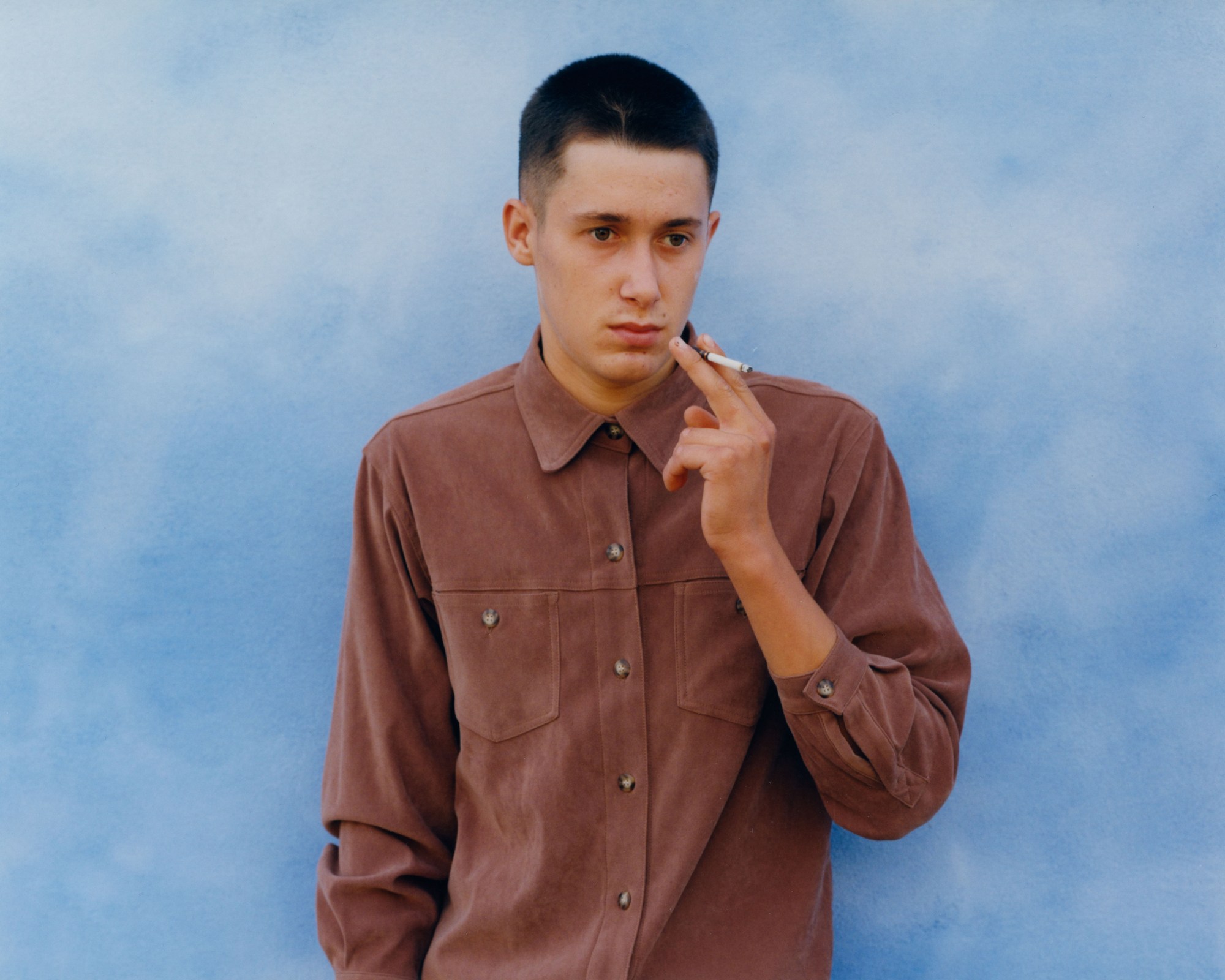Roxana Mirtea and Alec Iatan first met a decade ago while living in Romania and have spent the last eight years collaborating on fashion editorials that employ her refined styling and his gentle approach to photography. Transylvania Youth, the working title of a new series they started shooting earlier this year in the country’s mountainous region, marks the pair’s move into a more documentary-led style of image-making.
“We left Romania around nine years ago, and the project basically started as a way of remembering our childhood and seeing how much has changed,” Alec explains over Zoom, speaking from Paris, where the pair live today (they spent eight years in Spain before moving to France). Each growing up between the city and the countryside, the duo were particularly interested in exploring the country’s rural regions. Focusing on Transylvania, best known as the home of Bram Stoker’s Dracula, they sought out young people to photograph and thus tell the story of what coming of age is like here, many years after they left.
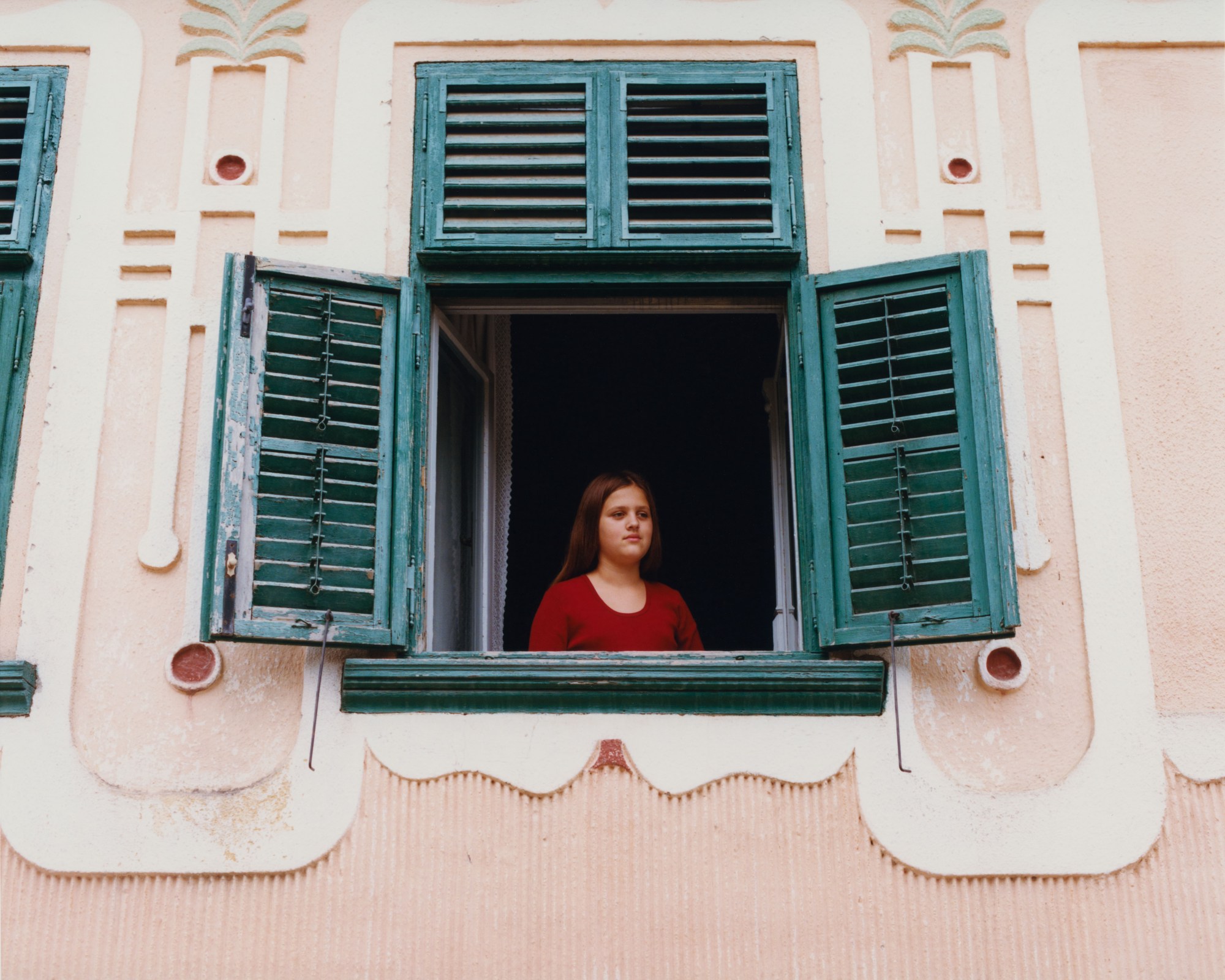
“Alec has relatives there, and we’d both visited before, falling in love with the pastel-coloured houses,” Roxana says, referencing the region’s postcard-ready Saxon villages. “Everything looks so nice in the afternoon sunlight, that was our memory, but we were curious about the architecture too. It’s very specific to that area with all these houses with huge gates – you can’t quite see what’s going on inside.”
Despite making semi-regular trips back home to see family, Transylvania Youth offered Alec and Roxana a chance to properly examine and reconnect with the area in a way they hadn’t previously. “I have a love-hate relationship [with Romania],” Roxana says. “Every time I go back, I’m happy, but at the same time, I have a weird feeling. I’ve been wanting, for a long time, to do a personal project there, and so it felt really good to be back for longer.”

Shot outdoors and in people’s houses, the pictures are presented as a mix of black-and-white and full colour. While visibly posed, there’s a natural sensibility that doesn’t feel forced, curated situations that lean into reality. Conversation and collaboration were key, Alec says, who was inspired by the work of legendary photographers of the 20th century like Joel Meyerowitz and John Myers.
“I think there are two types of photographers, [those] who shoot their inside world, something really personal to them, then photographers that explore the world outside of them,” Alec says. “Joel and John fall somewhere in the middle. There’s a close proximity and an emotional involvement, but it’s not that personal. Our project is documentary because it’s about the people, and everything is real, but it’s also an artistic interpretation, just as a movie.”
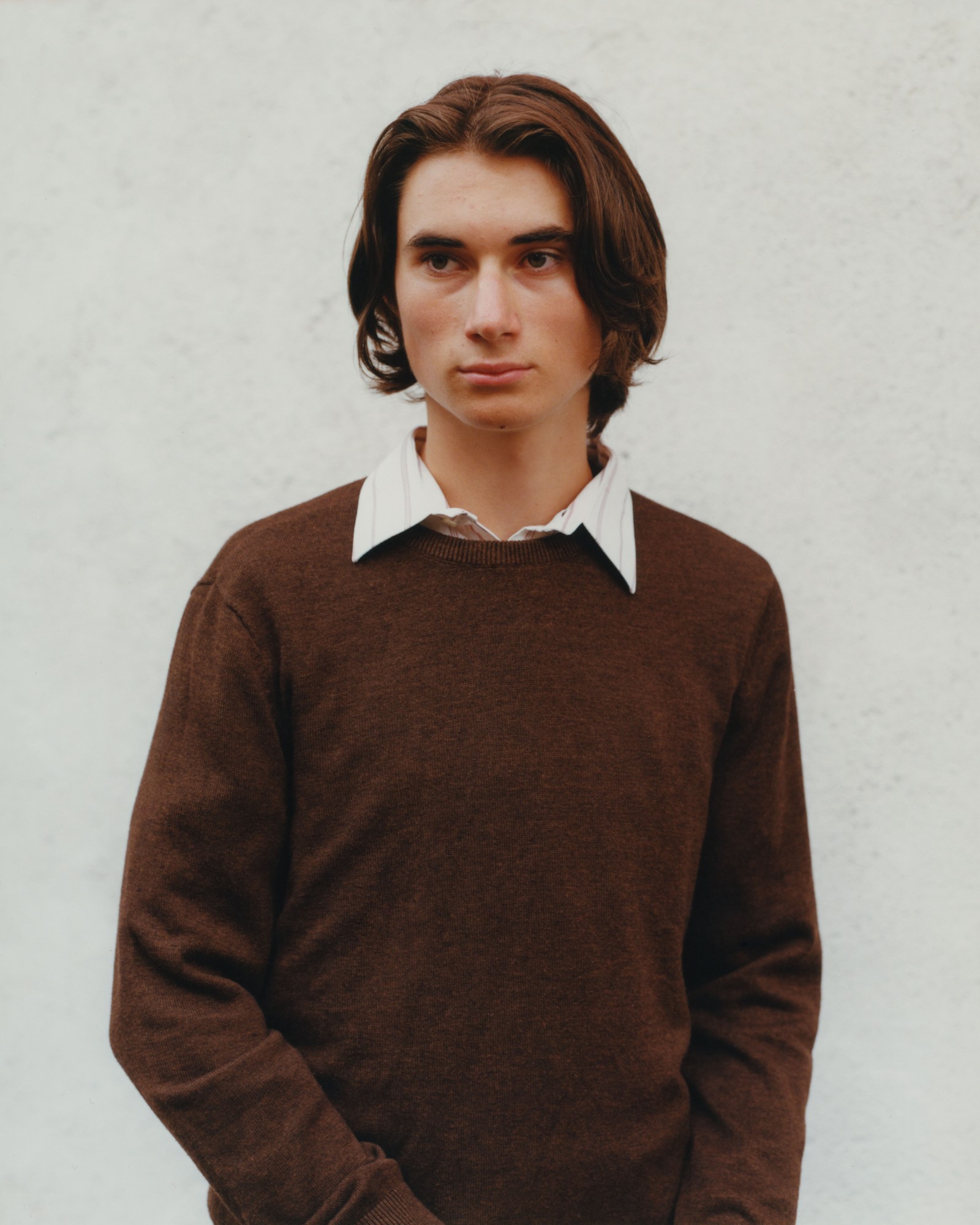
The pair spent a month moving between places, living locally and engaging the communities on their doorstep. Malancrav, where the project began, was a particularly fertile ground for shooting — a small village with a high population of young people. “We didn’t know what to expect; we just went there and started knocking on doors,” Roxana says. “At first, we were living in the house of an ex-teacher who told us there was going to be a wedding right across the street — two weddings, actually. It’s a small village; it has like three streets [so] she told us to go there and meet people. We ended up taking some pictures with friends of the bride.”
Working in this semi-spontaneous meant they had friends in other villages before they’d even arrived. “It was about being there, creating relationships and building the images together,” says Alec, emphasising the collaborative nature of the work. “We met a girl called Antonia who ended up being central to the project — she was friends with everyone in her village and the next three villages. She was friendly and very creative, coming up with ideas of where to shoot.”
Hoping to delve further into the region’s scenery and how it affects people’s day-to-day lives, Alec and Roxana are looking forward to returning to Transylvania next spring to continue the series and, eventually, publish a book. “There was an interesting connection between people and the environment when I was growing up, but it’s disappearing,” says Alec. “In another five years, things will change more, so the idea is to have an object in your hands.”
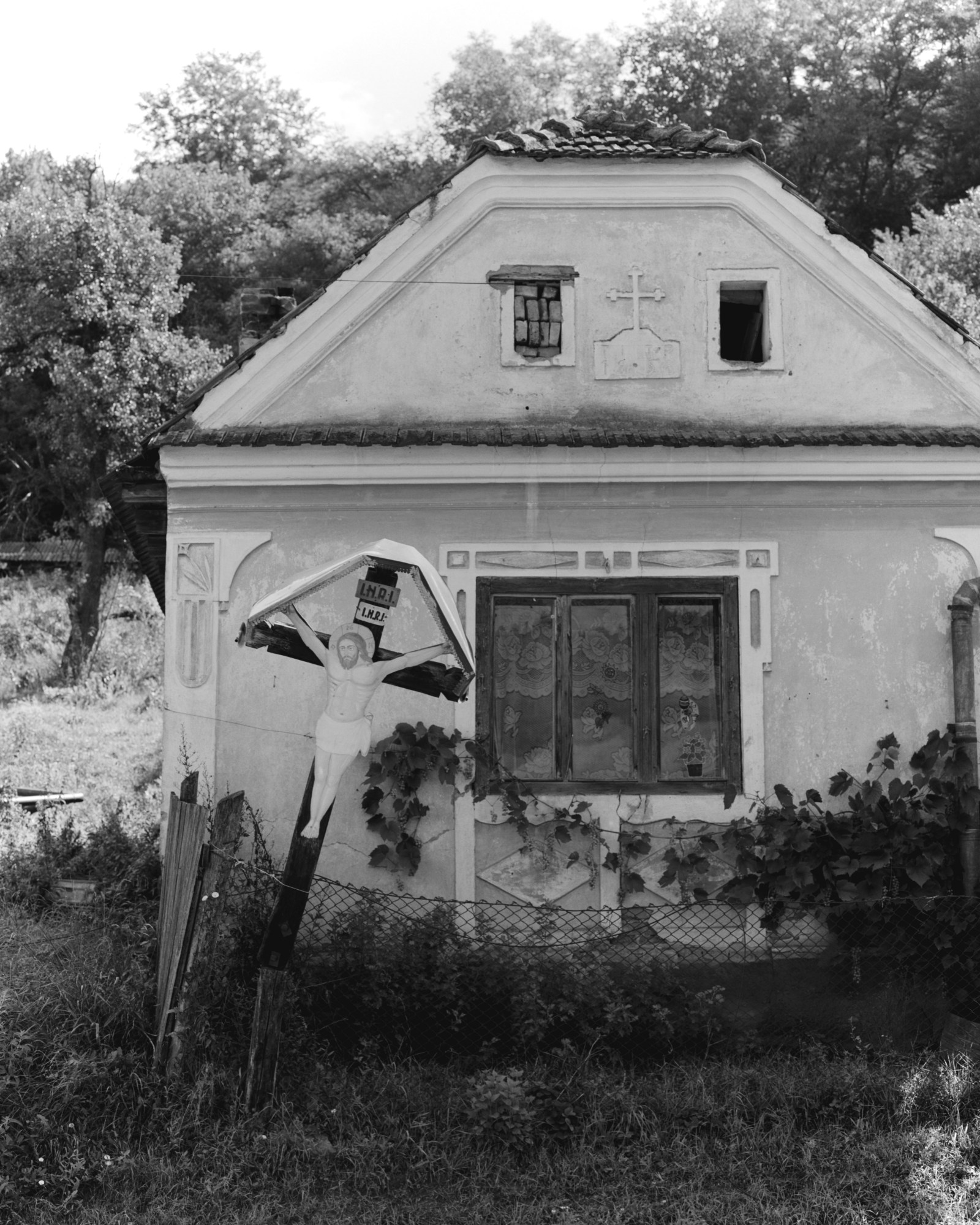
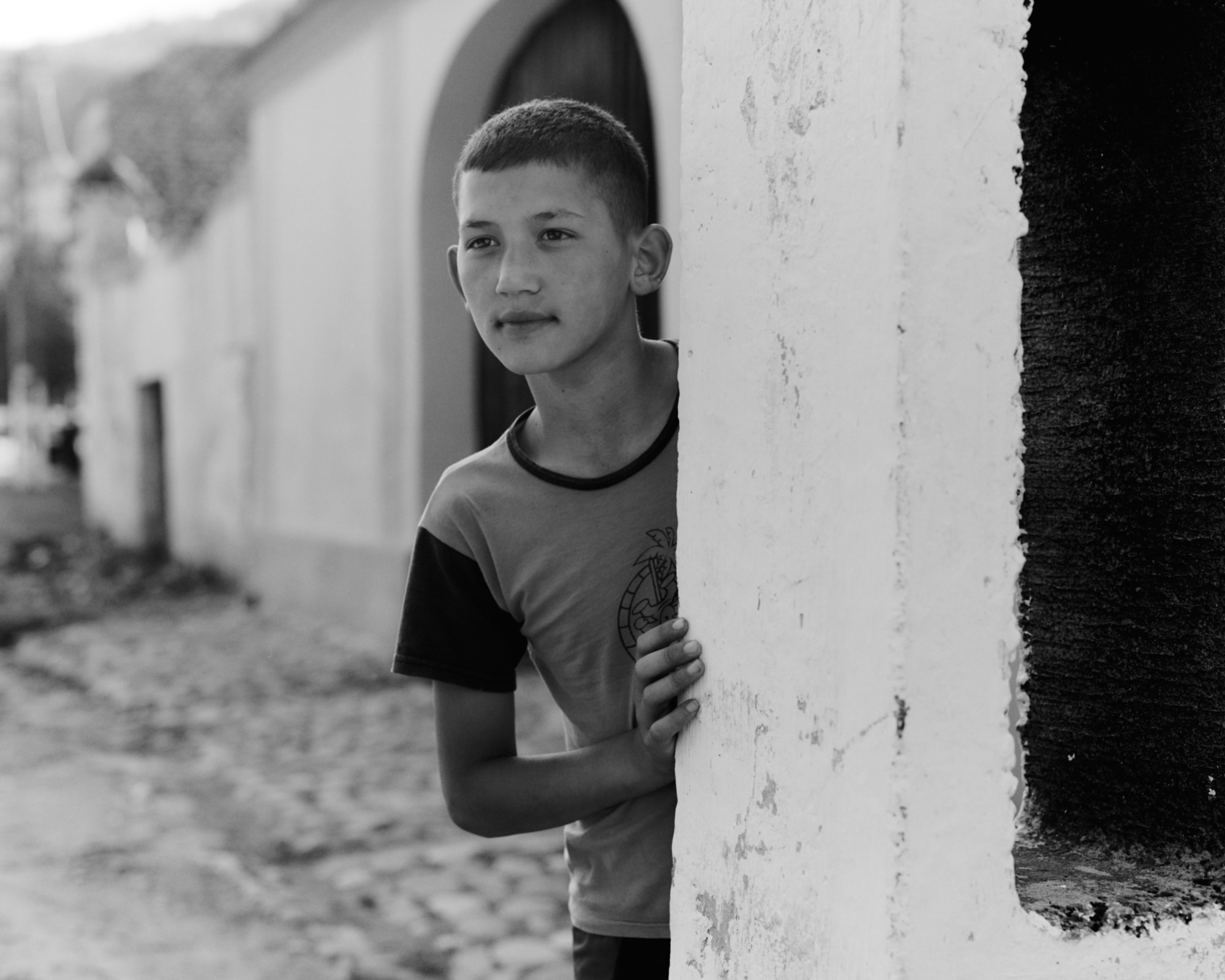
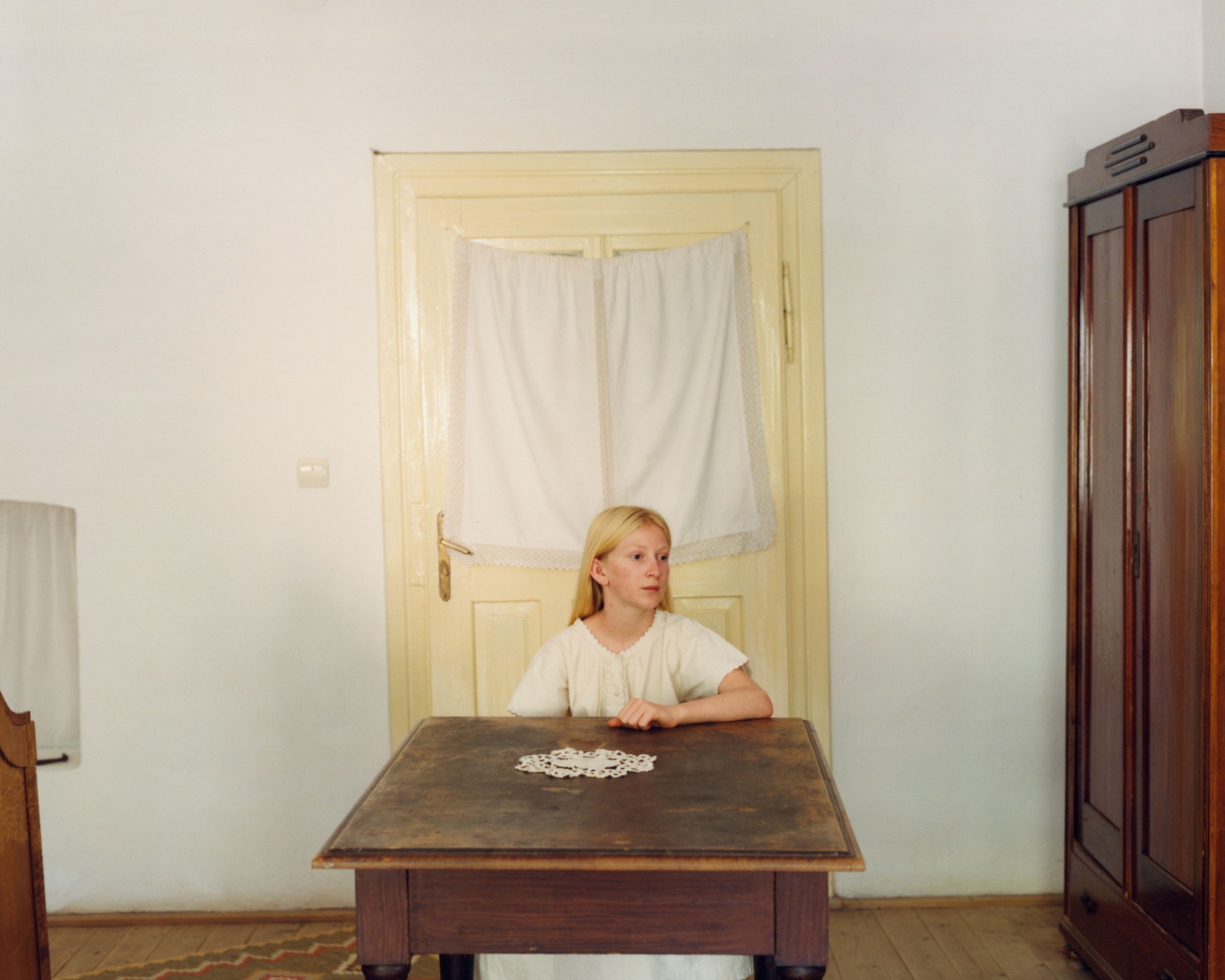
Credits
All images courtesy of the artist
